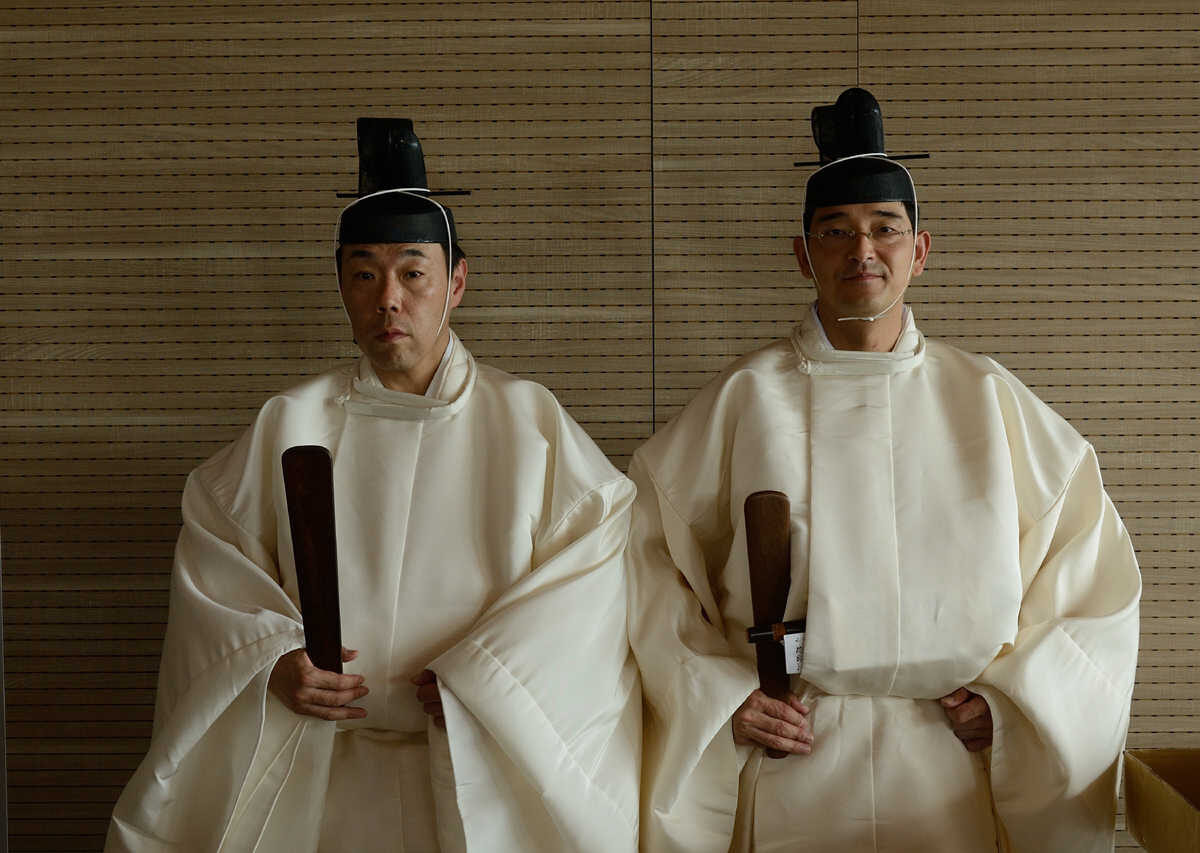Memorial monument
San Marino Jinia
Monument in memory of the thousands of victims of the Great Tohoku Earthquake that hit the heart of Japan on 11 March 2011. San Marino Jinja is the first Shinto-style monument in Europe.
Shintoism is not a religion , as it lacks the elements to be able to define it as a religion: a founder, a dogma, the sacred texts. Shintoism is a philosophy born in Japan 2,600 years ago starting from the veneration of all the elements that make up nature: sun, water, wind, mountains, trees, plants, etc. In the “norito” (Shinto prayers) these natural entities, called “kami”, are praised which for us Westerners remember the praises to the Lord of St. Francis of Assisi in his famous “Canticle of creatures”. Shintoism is not well known in the West as it is an intimate philosophy for the Japanese, who are characteristically very reserved and who do not like proselytizing. Shinto is notoriously a pacifist culture and open to all kinds of beliefs. Text by Prof. Hideaki KASE (President of the Nippo-San Marinese Friendship Association)
In the heart of San Marino
A Shinto shrine?
It is difficult to imagine the typical natural landscape of the rising sun among the Titan hills. Instead, the doubters will have to change their minds.
Serravalle: Podere Lesignano.
You can park your car at the foot of the dirt road and start climbing towards the top of the hill. After a few meters you are in front of the first tangible sign of the sacred area: the Torii, the traditional Japanese portal of access to the Jinja . Two vertical and two horizontal poles, parallel, which represent the ancient tree trunks that were used to make this structure.
Even before reaching the edge of the small lake on which the sanctuary overlooks, the passage under the Torii is already an entrance into the spiritual dimension of Shinto.
This very particular, indeed unique, form of spirituality (often incorrectly classified as a religion) has its founding principle in harmony and union with nature. Nature itself is the sanctuary and the entrance is a passage for the man who, from now on, begins to look at himself in a different perspective.
Enchanted atmosphere
Feel the intimate part of nature
The wind rustling through the leaves, the sound of insects, the sound of your steps accompany us until you get to Temizuya (the source for ablutions). The pop of the bamboo that beats rhythmically every time it fills with water and empties breaks the silence of the place.
With the ladle, the water is collected to wet the hands and mouth, then it is placed again on the edge of the tub, where the bamboo cane pours out the water, ready for the next visitor.
The sanctuary is actually a small building, preceded by two bulls (low entrance columns).
All around the gaze fills the sanctuary, the fountain, the hills with vine plants, olive trees and the shores of the lake. What you breathe is an otherwise difficult peace to find. The road, the noise of the cars, the buildings, seem to have been cut out, instead they are also part of the environment around us .
Here one perceives the most intimate part of nature, the one in which one comes into contact with oneself.
The sanctuary is always open, there are no timetables, you can visit freely when you want.
There are no religious limits. Shintoism is not a religion in the classical sense of the term, therefore it does not conflict with other faiths. In its openness to nature and humanity there is room for all religious manifestations.
We approach the sanctuary in a respectful attitude, without specific rituality. Those who wish can follow the tradition: after washing our hands at Temizuya, make two light bows in front of the Jinja, clap your hands twice and bow more deeply before stopping to meditate.
















